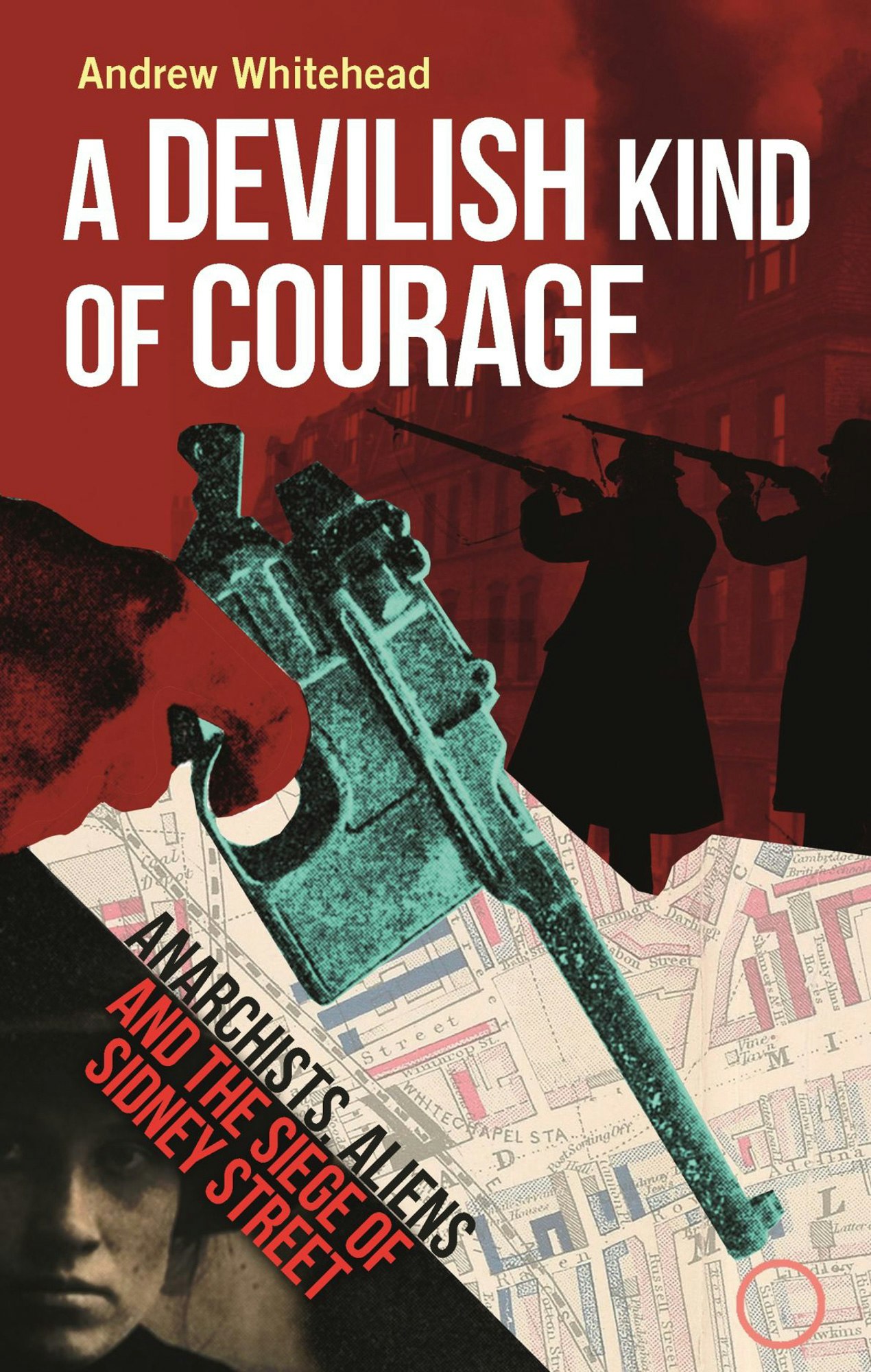This article is taken from the June 2024 issue of The Critic. To get the full magazine why not subscribe? Right now we’re offering five issues for just £10.
The Siege of Sidney Street was the finale of a three-act, real-life London drama. It began on 23 January 1909 with the Tottenham Outrage, the payroll robbery of a rubber factory during which its two perpetrators were killed alongside a policeman and a child.
Act Two, on 16 December 1910, involved the failed robbery of a Jewish-owned jeweller’s in Houndsditch that led to the killing, by gunshot, of three police officers and the serious wounding of two others. This was “the most grievous single incident in the history of London’s police”, according to this book, unmatched until Harry Roberts’ murder of three policemen in 1966.
100 Sidney Street, where two of the Houndsditch robbers were holed up, was the scene of the drama’s dénouement, on 3 January 1911. By its end the army had been called in with heavy artillery and the two robbers, reported to have “fought with a ferocity unequalled in the history of crime … not without a devilish kind of courage”, were dead, one from a gunshot, one from suffocation, after the house in which they were besieged caught fire.
Behind these events was a group of Latvian anarchists, lodging with Jewish landlords and families who had arrived in the wake of Tsarist persecutions in the late nineteenth century. A Home Office note announced that the culprits “are certainly anarchists and are almost certainly not Jews” — maybe, as Andrew Whitehead suggests, out of “sensitivity to an upsurge in antisemitic sentiment”.
Latvian anarchism, forged in the extreme violence of the 1905 Russian Revolution, was of a particularly vicious hue, an alien cuckoo in the nest of the creed’s London disciples who were unhappy about the attention their confrères drew to them. Until now, anarchism had been tolerated in England, not least because it posed no clear threat to the status quo.

When German-born “anarchist rabbi” Rudolf Rocker, editor of the Yiddish weekly Arbeter Fraint (The Worker’s Friend), had been informed of a Russian comrade’s plot to throw a bomb at the Lord Mayor’s show in 1909, he warned, “What a terrible blow it would be to all the people who had been able to find refuge in London.” But as Whitehead points out, the Latvian anarchists were insurgents rather than terrorists. Their intention was not to hurt innocent civilians but rather to pursue a policy of “revolutionary expropriation” that had been developed in their country of origin, robbing businesses to finance anarchist activities in Latvia.
Foremost amongst the Latvian anarchists was a man who has gone down in history as Peter the Painter. It is one of the story’s ironies that the man whose name was most closely associated with the Siege of Sidney Street was absent from the three shootouts and that his name was not Peter. Like other anarchists, he used a variety of aliases but was born Janis Zhaklis.
He was, none the less, a prominent leader in the Latvian revolutionary uprising of 1905 and probably masterminded the East London robberies. His sobriquet was derived as much from sign-painting as any serious painterly activity: as Yourka Dubof, a member of the gang, told police: “I sit in one chair, Peter sit in other. He say nice, I say all right. He ask me what I work. I say, painter. He say I am a painter also.”
After police informed reporters on the rapidly rising popular newspapers — another of the book’s themes — that they were seeking a man with this “alliterative nom de guerre”, the name captured popular imagination. Here was another London anti-hero, a successor to Jack the Ripper. Wanted posters carrying photographs of a dapper young man with curling moustache cemented his fame.
Winston Churchill, the 35-year-old home secretary in the Asquith Liberal government, photographed at the siege in an overcoat and silk top hat, was another whose legend was burnished by his connection with the Siege of Sydney Street.
As Whitehead points out, he would have been one of the few there familiar with the Mauser carried by the Latvians, having killed with one in the Sudan. Following the Houndsditch shootout, Churchill legislated to ensure that police would, in future, be properly armed.
With its themes of immigration, xenophobia, antisemitism and foreign atrocities on English soil, Whitehead’s book is contemporary and relevant. His meticulous research is lightly worn in a book that propels the reader forward in lively, elegant prose.
Enjoying The Critic online? It's even better in print
Try five issues of Britain’s most civilised magazine for £10
Subscribe



